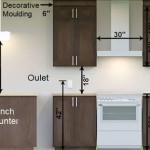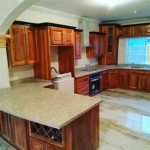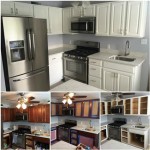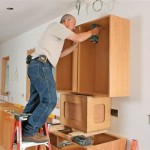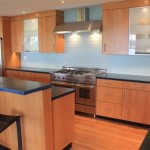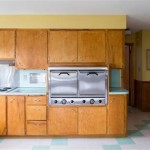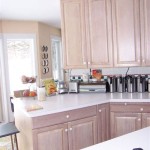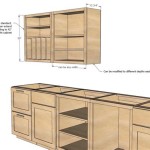The Essential Guide to Replacing Kitchen Cabinets: Cost and Considerations
Remodeling your kitchen can be a transformative experience, and one of the most impactful decisions you'll make is whether to replace your kitchen cabinets. While it's a significant investment, new cabinets can dramatically enhance the functionality, aesthetics, and value of your home. To ensure a successful and cost-effective replacement, it's crucial to understand the essential aspects involved in this project.
1. Material Costs
The material you choose for your new cabinets will significantly influence the overall cost. Solid wood is the most expensive option but offers unparalleled durability and beauty. Laminate and thermofoil cabinets are more affordable and easier to clean, making them a popular choice for budget-conscious homeowners. Other materials include acrylic, vinyl, and metal, each with its own unique characteristics and price point.
2. Cabinet Style and Design
The style and design of your cabinets will also affect the cost. Shaker-style cabinets with simple lines and recessed panels are relatively affordable, while more elaborate designs, such as inset or glass-front cabinets, tend to be more expensive. Hardware, such as knobs and pulls, can also add to the overall price.
3. Cabinet Configuration
The size and configuration of your existing cabinets will influence the cost of replacement. Standard base cabinets are typically 30 inches high and 24 inches deep, while wall cabinets are 30 inches high and 12 inches deep. Larger cabinets or unique configurations will require custom fabrication, which can increase the expense.
4. Kitchen Size and Layout
The size and layout of your kitchen will also impact the cost. A larger kitchen will require more cabinets, while a complex layout with islands or corner units can increase the difficulty and expense of installation. It's important to measure your kitchen accurately and plan the layout before ordering new cabinets.
5. Labor Costs
In addition to material costs, you'll also need to factor in labor costs for the installation. Professional cabinet installers will typically charge per cabinet or per hour. The complexity of the installation, the size of your kitchen, and your location will all affect the overall labor costs.
6. Additional Considerations
Beyond the aforementioned factors, there are a few additional considerations that can affect the cost of replacing kitchen cabinets:
- Countertops: If you're replacing your countertops simultaneously, the cost of installation may be combined with the cabinet installation.
- Backsplash: A new backsplash can complement your new cabinets and increase the overall appeal of your kitchen.
- Lighting: Incorporating under-cabinet lighting or other lighting fixtures can enhance the functionality and ambiance of your kitchen.
Conclusion
Replacing kitchen cabinets is a major investment, but it can pay off handsomely in terms of improved functionality, aesthetics, and home value. By carefully considering the essential aspects outlined above, you can make informed decisions and ensure a successful and cost-effective kitchen cabinet replacement project.

Average Cost To Replace Cabinets Forbes Home

What Is The Average Kitchen Cabinet Cost

Average Cost To Reface Cabinets By Li Foot Material And Type Forbes Home

Cost To Replace Kitchen Cabinets Countertops 2024

How Much Does It Cost To Install Kitchen Cabinets Az Cabinet Company

How Much Does It Cost To Replace Kitchen Cabinet Doors

What Does An Average Kitchen Cost Superior Cabinets

The Cost Of A Kitchen Remodel Understanding Your Budget

How Much Does It Cost To Replace Kitchen Cabinet Doors

Kitchen Cabinets Costs 2024 Data Angi
Related Posts

